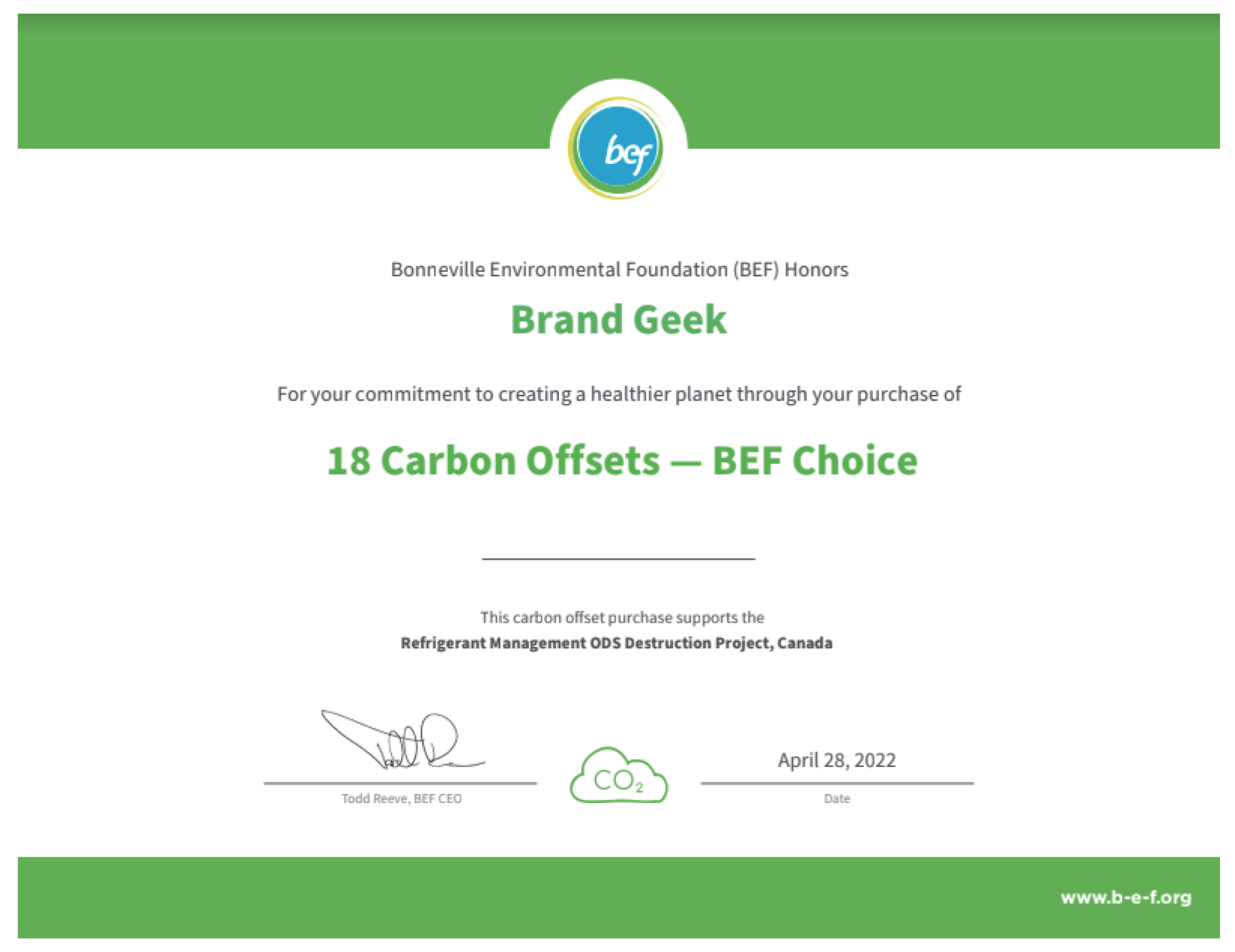Brandgeek proudly supports Mountain Area Preservation and is humbled to be…
Geekview IP Weeks(ish) in Review
 The USPTO scores big with LINSANITY!
The USPTO scores big with LINSANITY!

As of today, no fewer than 8 US trademark registration applications have been filed at the USPTO to protect the mark LINSANITY. (Note — I’m pretty sure that’s a fan site.) I say no fewer than 8 because the PTO’s TESS database tends to lag about a week behind actual filings. Only 1 of these was filed by Jeremy Lin, to whom the mark refers. When I wrote about this just four days ago, only 5 of the 8 applications were viewable on-line through the PTO’s TESS database due to that lag I mentioned earlier. Had the LINSANITY applicants other than Lin only read my February 10, 2012 post about the Name Portrait Consent requirement, they could have saved themselves some cash. So far the PTO’s total take on application filing fees is $3,650 (7 applications filed using TEAS at $325/application — including Lin’s own in 5 Int’l Classes — and 5 applications filed using TEAS PLUS at $275/application.) Since only Lin’s application is likely to mature into a registration, that’s $2025 in wasted filing fees. The PTO applicants aren’t the only ones who will be losing out on their Linsane investments; Ben & Jerry’s also jumped on the Linsanity bandwagon, offering a limited edition Taste the Linsanity ice cream flavor at its Harvard Square location (Lin attended Harvard), which initially had fortune cookie pieces, according to an article on Boston.com (sounds yummy, albeit perhaps a tad culturally insensitive). According to an article on Gothamist this morning, Ben & Jerry’s have since discontinued the flavor entirely. The unauthorized LINSANITY aspirants aren’t the only losers in this week’s edition of Geekview; they’re just the first . . .
False advertiser pays big. Really big.
$10,000,000.00 big! According to an article on JD Supra, a jury ordered Memorial Hospital (MH) in Jacksonville Florida to pay $10 million in punitive damages for false advertising in addition to $185 million in compensatory damages (presumably to be split between the hospital and the doctor, or more precisely, their insurers). MH advertised its hospital as a Bariatric Surgery Center of Excellence (BSCOE) (the logo shown above right). There are 473 BSCOE-accredited hospitals nationwide, at which 820 BSCOE-accredited doctors work. According to the DC Medical Malpractice & Patient Safety Blog (which actually has some good tips to avoid becoming a med-mal statistic), Jacksonville County deputy sheriff, Clay Chandler was blinded and confined to a wheelchair as a result of uncorrected leakage in his abdomen resulting from a weight loss procedure. The doctor who performed the procedure, John D. DePeri, MD was advertised as a BSCOE-accredited doctor, when in fact he wasn’t (and could not have been) at the time of Chandler’s botched operation. Since then, Dr. DePeri has become BSCOE-accredited. Am I wrong to think that once someone gets caught pretending to be accredited they no longer should be eligible for that accreditation? Plus, wouldn’t that policy seem wise from the viewpoint of the accrediting body? And in other news of seemingly unwise moves Variety looks like an ass and wastes lots of cash suing the Vandals . . .
Variety vacates Vandals suit.

 On March 24, 2010, Variety magazine’s parent company, Reed Elsevier, sued the Vandals, a hard core punk band from Orange County, California in Delaware for violation of a 2004 settlement agreement and judgment. The 2010 lawsuit claimed that the Vandals failed to uphold their promise to destroy all products within their control using the graphics for the VARIETY marks as depicted on the “Hollywood Potato Chip” and “Gone with the Wind” Punk Rock Samplers. Luckily for the band, their bassist, Joe Escalante moonlights as an entertainment lawyer. In addition to defending themselves in court, the band also set up a blog detailing the activity in the case, including the correspondence and case files. On February 16, 2012 the band announced via a post on its lawsuit blog that Variety vacillated, voluntarily dismissing its case against the Vandals on the eve of the pre-trial conference. And in other news of boneheaded moves . . .
On March 24, 2010, Variety magazine’s parent company, Reed Elsevier, sued the Vandals, a hard core punk band from Orange County, California in Delaware for violation of a 2004 settlement agreement and judgment. The 2010 lawsuit claimed that the Vandals failed to uphold their promise to destroy all products within their control using the graphics for the VARIETY marks as depicted on the “Hollywood Potato Chip” and “Gone with the Wind” Punk Rock Samplers. Luckily for the band, their bassist, Joe Escalante moonlights as an entertainment lawyer. In addition to defending themselves in court, the band also set up a blog detailing the activity in the case, including the correspondence and case files. On February 16, 2012 the band announced via a post on its lawsuit blog that Variety vacillated, voluntarily dismissing its case against the Vandals on the eve of the pre-trial conference. And in other news of boneheaded moves . . .
Who’s got your Big Ginger? A Minnesota bar (excuse me, Irish Pub) called The Local serves a signature drink called THE BIG GINGER, for which it has a U.S. trademark registration, found here. This drink is made with only 2 ingredients, Irish whiskey and ginger ale, and is adorned with both a lemon and a lime. From 2005 to 2010, The Local used Jameson Irish Whiskey in The Big Ginger drink. With Jameson growing increasingly expensive, in 2010, The Local opted to manufacture its own Irish Whiskey, 2 Gingers, for use in The Big Ginger cocktail instead of Jameson. Around this time, Jameson offered to purchase The Big Ginger mark from The Local, but no such sale was ever agreed upon. On February 12, 2012, one of 2 Ginger’s distributors saw a BIG JAMESON GINGER table tent at a Minneapolis bar. Two days later, The Local sued Jameson for trademark infringement. One week later, The Local’s counsel sent a letter to the federal court stating that the parties reached a settlement, which they will file with the court this week. An article on American University’s IP Brief blog asks what readers think led to such a quick settlement. My guess is a phone call. I’d bet dollars to donuts that The Local filed suit before calling Jameson to resolve this, but once the suit was filed (and getting fairly decent press) the parties (or their attorneys) got on the phone and resolved it. It will be interesting to see if the settlement involves a sale, or licensing, or both — a sale and a license back — of THE BIG GINGER. Pay attention to the PTO to see if any such transfers are recorded.
A Minnesota bar (excuse me, Irish Pub) called The Local serves a signature drink called THE BIG GINGER, for which it has a U.S. trademark registration, found here. This drink is made with only 2 ingredients, Irish whiskey and ginger ale, and is adorned with both a lemon and a lime. From 2005 to 2010, The Local used Jameson Irish Whiskey in The Big Ginger drink. With Jameson growing increasingly expensive, in 2010, The Local opted to manufacture its own Irish Whiskey, 2 Gingers, for use in The Big Ginger cocktail instead of Jameson. Around this time, Jameson offered to purchase The Big Ginger mark from The Local, but no such sale was ever agreed upon. On February 12, 2012, one of 2 Ginger’s distributors saw a BIG JAMESON GINGER table tent at a Minneapolis bar. Two days later, The Local sued Jameson for trademark infringement. One week later, The Local’s counsel sent a letter to the federal court stating that the parties reached a settlement, which they will file with the court this week. An article on American University’s IP Brief blog asks what readers think led to such a quick settlement. My guess is a phone call. I’d bet dollars to donuts that The Local filed suit before calling Jameson to resolve this, but once the suit was filed (and getting fairly decent press) the parties (or their attorneys) got on the phone and resolved it. It will be interesting to see if the settlement involves a sale, or licensing, or both — a sale and a license back — of THE BIG GINGER. Pay attention to the PTO to see if any such transfers are recorded.
 The majority of lawsuits never go to trial. Some suits take longer than others to resolve, but there’s almost always a resolution to be had short of trial. Oftentimes a lawsuit is unnecessary, while sometimes filing a lawsuit creates the necessary leverage to get the issues resolved.
The majority of lawsuits never go to trial. Some suits take longer than others to resolve, but there’s almost always a resolution to be had short of trial. Oftentimes a lawsuit is unnecessary, while sometimes filing a lawsuit creates the necessary leverage to get the issues resolved.





[…] of Whitney Houston pot go up in smoke. I wrote about LINSANITY trademarks here and here and here, but somehow I missed the LINSANITY pot story. Luckily, I caught an article about Whitney […]
[…] (which I wrote about here) and LINSANE are terms used to refer to New York Knicks basketball player, Jeremy Lin. As of […]